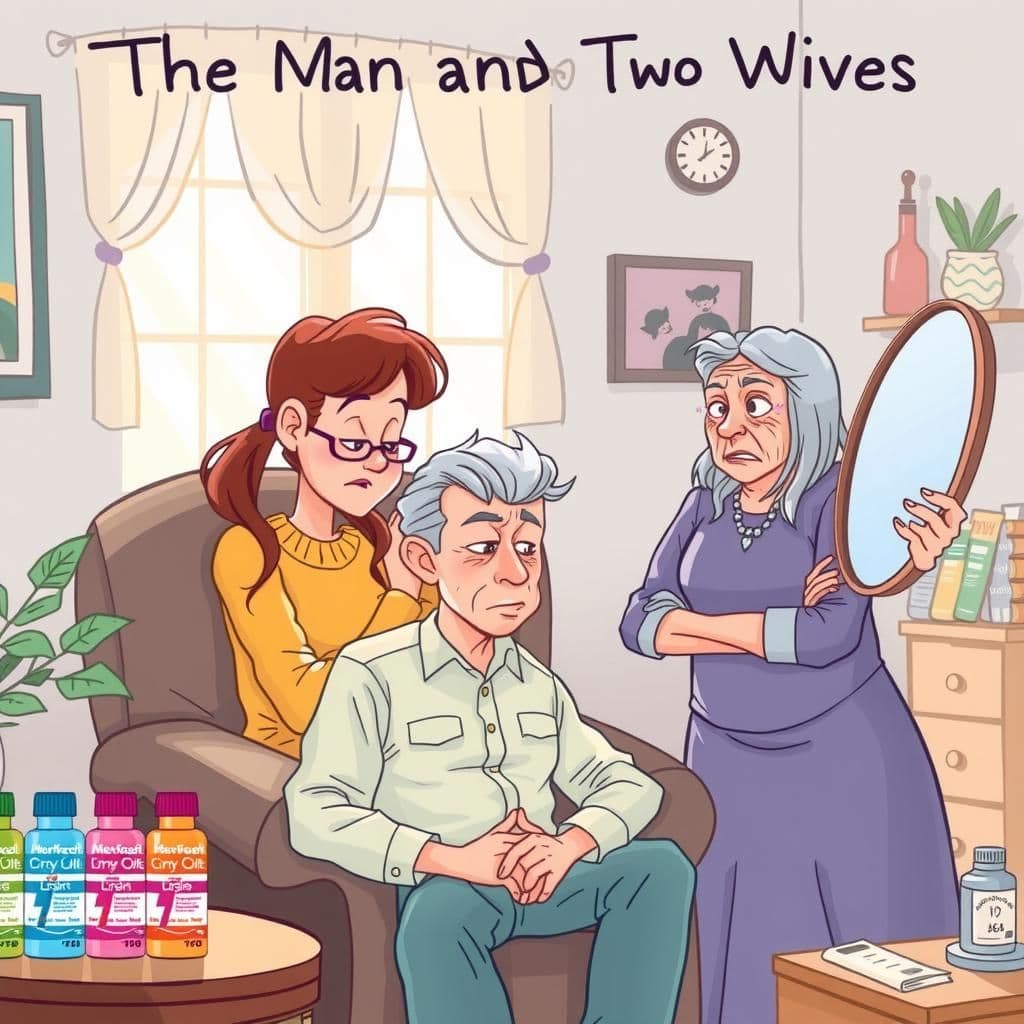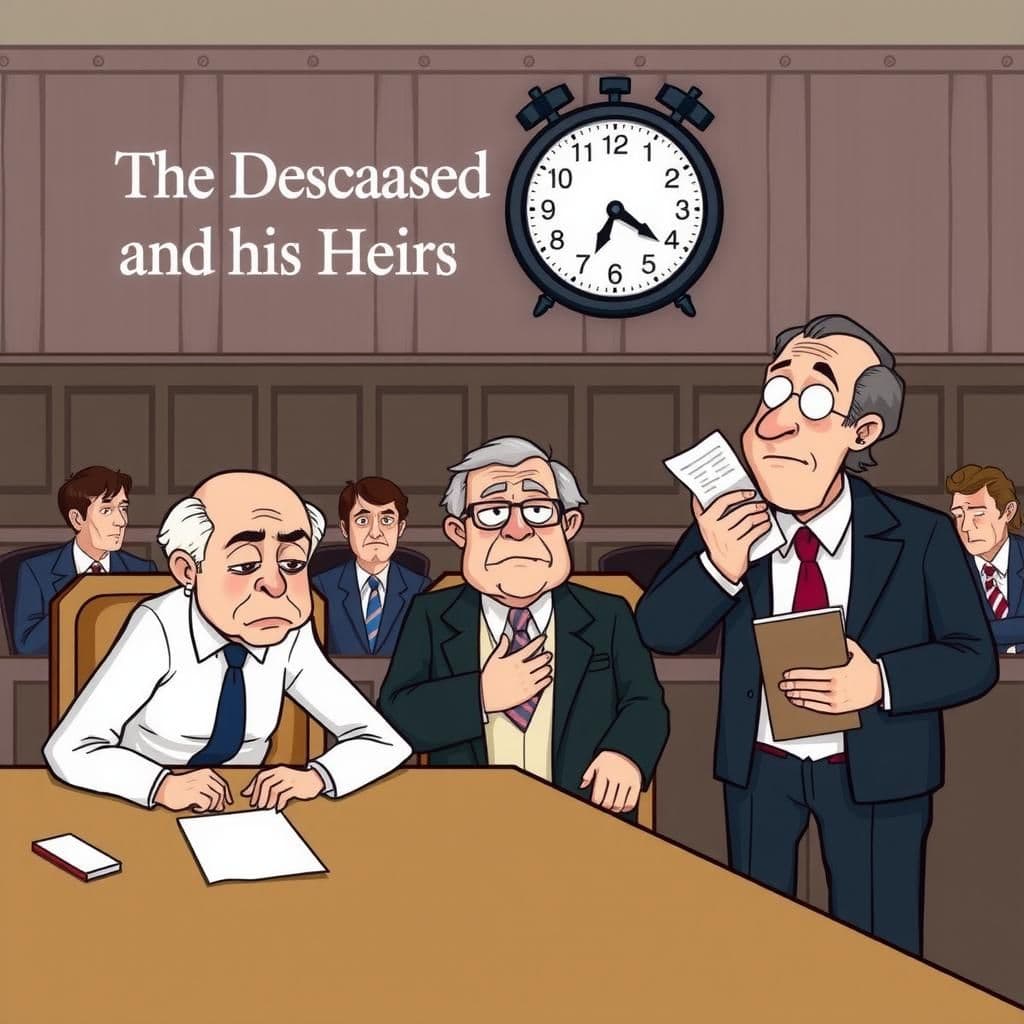The Man and His Two Wives

Story Summary
In this very short moral story, a middle-aged man with two wives—one young and one old—struggles to satisfy their conflicting desires regarding his appearance. The young wife removes his grey hairs to make him look younger, while the elder wife plucks out the black ones to avoid resembling his mother. Ultimately, his efforts to please both lead to his complete baldness, illustrating the lesson that trying to satisfy everyone can result in losing everything—a heartwarming tale with a clear moral.
Click to reveal the moral of the story
Trying to please everyone can lead to losing everything.
Historical Context
This story reflects themes of marital dynamics and the complexities of polygamy, which have been prevalent in various cultures, particularly in ancient and traditional societies. It draws on folk narratives that explore the consequences of trying to please multiple partners, reminiscent of Aesop's Fables, where moral lessons are conveyed through anthropomorphized characters and their dilemmas. This tale serves as a caution against the pitfalls of indecision and the desire to satisfy everyone, leading to personal loss.
Our Editors Opinion
This story illustrates the challenges of trying to please everyone, a dilemma that resonates in modern life as we often juggle various expectations from family, friends, and colleagues. For instance, a working parent might try to satisfy both their employer with late hours and their children with constant attention, ultimately leading to burnout and neglecting their own well-being—demonstrating that yielding to all demands can result in losing oneself.
You May Also Like

The Camel
In "The Camel," an engaging moral tale from the top 10 moral stories, a man initially flees in fear from the creature's vast size. However, as he witnesses the camel's gentle nature, he gains confidence and learns to control it, illustrating that familiarity can help overcome dread. This thought-provoking moral story emphasizes the power of understanding and familiarity in overcoming fear.

The Deceased and his Heirs
A man dies, leaving a vast estate that sparks lengthy litigation among sorrowful relatives. After years of fighting, only one heir emerges victorious, only to discover from his attorney that there is nothing left to appraise, revealing the futility of the process and the attorney's self-serving motives. This quick moral story illustrates the often-overlooked truth about value-based moral stories: that the pursuit of wealth can lead to disillusionment when true value lies elsewhere.

The Cat and the Youth
In the captivating short story "The Cat and the Youth," a cat in love with a handsome young man asks Venus to transform her into a woman. However, when a mouse appears, her panic reveals her true nature, leading to the young man's rejection. This concise moral story illustrates that true identity cannot be hidden, making it a valuable lesson for students.
Other names for this story
The Balancing Act, Two Wives' Dilemma, The Hairy Situation, Love's Compromise, The Man's Folly, Wives and Wishes, A Husband's Predicament, The Gray Dilemma
Did You Know?
This story highlights the theme of the consequences of trying to please everyone, illustrating how the man's attempts to satisfy both wives ultimately led to a loss of his own identity and autonomy. It serves as a cautionary tale about the dangers of compromising oneself in the pursuit of harmony.
Subscribe to Daily Stories
Get a new moral story in your inbox every day.